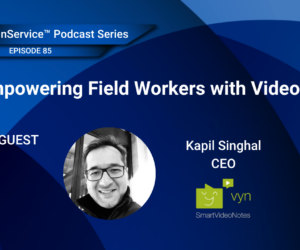In one of these thought experiments, Einstein visualised lightning striking both ends of a moving train at exactly the same time. To someone on the train itself the simultaneous strikes would not appear so. Because the train is speeding forward, the lighting strike at the front of the train would be seen a moment before the lightning strike at the back of the train. But someone viewing the same lightning strikes from alongside the track would see them as simultaneous. With this simple visualisation Einstein realised that simultaneity is relative to your state of motion. He then deduced that there is no such thing as absolute time. Time is relative.
Thinking on Einstein’s use of visualisations, I realised a major challenge we face with big data: So much data is quantitative and language-based that our qualitative, visual intelligence falls through the cracks. We have tools to visualise this data, but it’s pictures of numbers. Now that video has become the dominant consumer media, it seems remarkable to me that organisations haven’t woken up to the power of the visual. Humans are visual creatures – 90% of the information we take in is visual – yet we continue to rely on throwing increasing computational power at trying to extract intelligence from quantitative data. Seeing is understanding, and we need to explore ways to bring the awesome power of visual intelligence into the enterprise world. If that visual intelligence can be used to add high value, qualitative data in systems like Salesforce’s exciting Einstein, maybe we’ll learn to become a little more like the great man himself.




Leave a reply